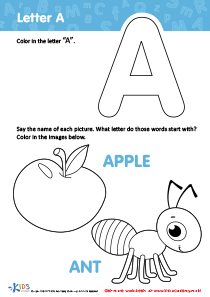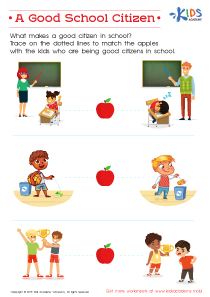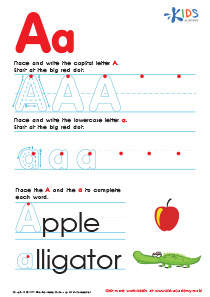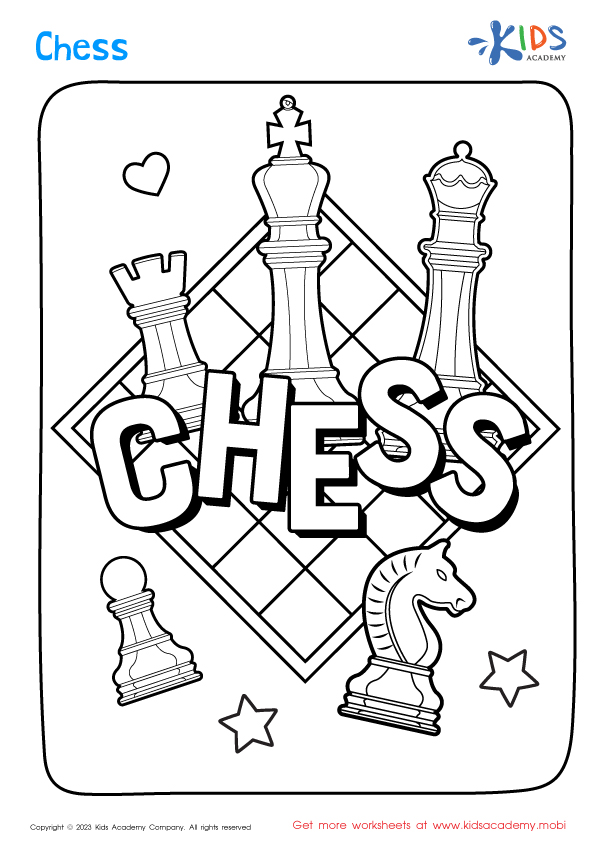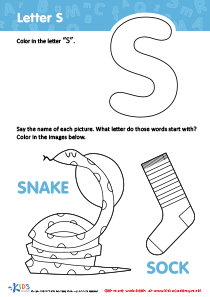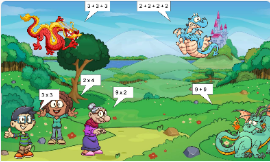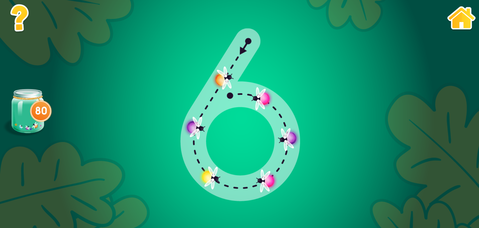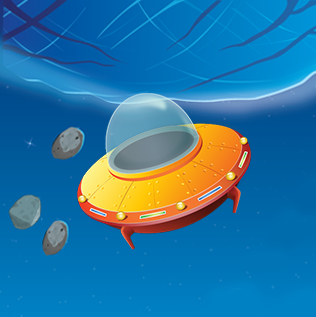Math Lessons | Shapes and their Characteristics for Ages 6-7
5 results
Embark on a geometrical adventure with our 'Shapes and their Characteristics for Ages 6-7' course! Designed specifically for young learners, this engaging series combines interactive worksheets, educational videos, and fun assessment quizzes to explore the fascinating world of shapes. Children will discover the unique characteristics of various shapes, from the roundness of circles to the sharp angles of squares. Our carefully crafted lessons cater to young minds, making learning both enjoyable and memorable. Join us as we unravel the mysteries of geometry in a way that's perfectly tailored for 6 to 7-year-olds, ensuring a solid foundation in understanding shapes and their distinctive features.
In the vibrant world of early education, understanding the fundamentals of geometry through lessons on Shapes and their Characteristics for Ages 6-7 provides a cornerstone for young learners. This critical stage of development is when children are most receptive to absorbing new concepts and ideas, especially in a subject as visually engaging and tactile as geometry. The carefully crafted curriculum that blends interactive worksheets, educational videos, and assessment quizzes is not just another set of lessons; it's a gateway to a deeper understanding of the world around us through the lens of shapes and their properties.
Children in the age group of 6-7 are at a pivotal point in their cognitive development. They're transitioning from preoperational thought into more concrete operations, according to Piaget's theory of cognitive development. This means they're beginning to understand the world in more complex ways, including grasping the idea that objects can be classified by their characteristics. Our lessons on Shapes and their Characteristics are perfectly tailored to tap into and expand this burgeoning ability.
The interactive worksheets are a core component of these lessons. They're not just paper and pencil tasks; they're a hands-on exploration of the world of shapes. Through tracing, drawing, and identifying different shapes and their features, children develop fine motor skills alongside their geometric knowledge. These worksheets also encourage critical thinking and problem-solving, as children are often asked to classify shapes based on their characteristics, such as the number of sides or corners.
Educational videos serve as a dynamic supplement to the worksheets. In an age where digital literacy is just as crucial as traditional literacy, these videos provide an engaging way to reinforce concepts learned on paper. They bring shapes to life, showing children how geometry is not just confined to the classroom but is present in everything around us. From the wheels on a bus to the design of a snowflake, shapes are everywhere. These videos help children make connections between abstract concepts and the real world, fostering a deeper understanding and appreciation for geometry.
Assessment quizzes, while perhaps less glamorous than videos or interactive activities, play a vital role in consolidating learning. They provide both teachers and parents with a clear view of a child's understanding and retention of the topic. These quizzes are designed to be fun and engaging, often incorporating elements of gamification to motivate children. They also serve to boost confidence as children see their progress reflected in their quiz results.
Incorporating lessons on Shapes and their Characteristics for Ages 6-7 into a child's learning journey offers a multitude of benefits. It lays a solid foundation in geometry that will support future mathematical learning. But perhaps more importantly, it cultivates critical thinking, problem-solving skills, and a sense of curiosity about the world. Interactive worksheets, educational videos, and assessment quizzes each play a unique role in turning abstract concepts into tangible understanding.
As children explore the fascinating world of shapes and their characteristics, they're not just learning geometry; they're developing a toolkit of cognitive skills that will serve them across all areas of study and aspects of daily life. This comprehensive approach to learning shapes promises to pave the way for a future filled with curiosity, innovation, and a deep appreciation for the beauty of mathematics in the world around us.
